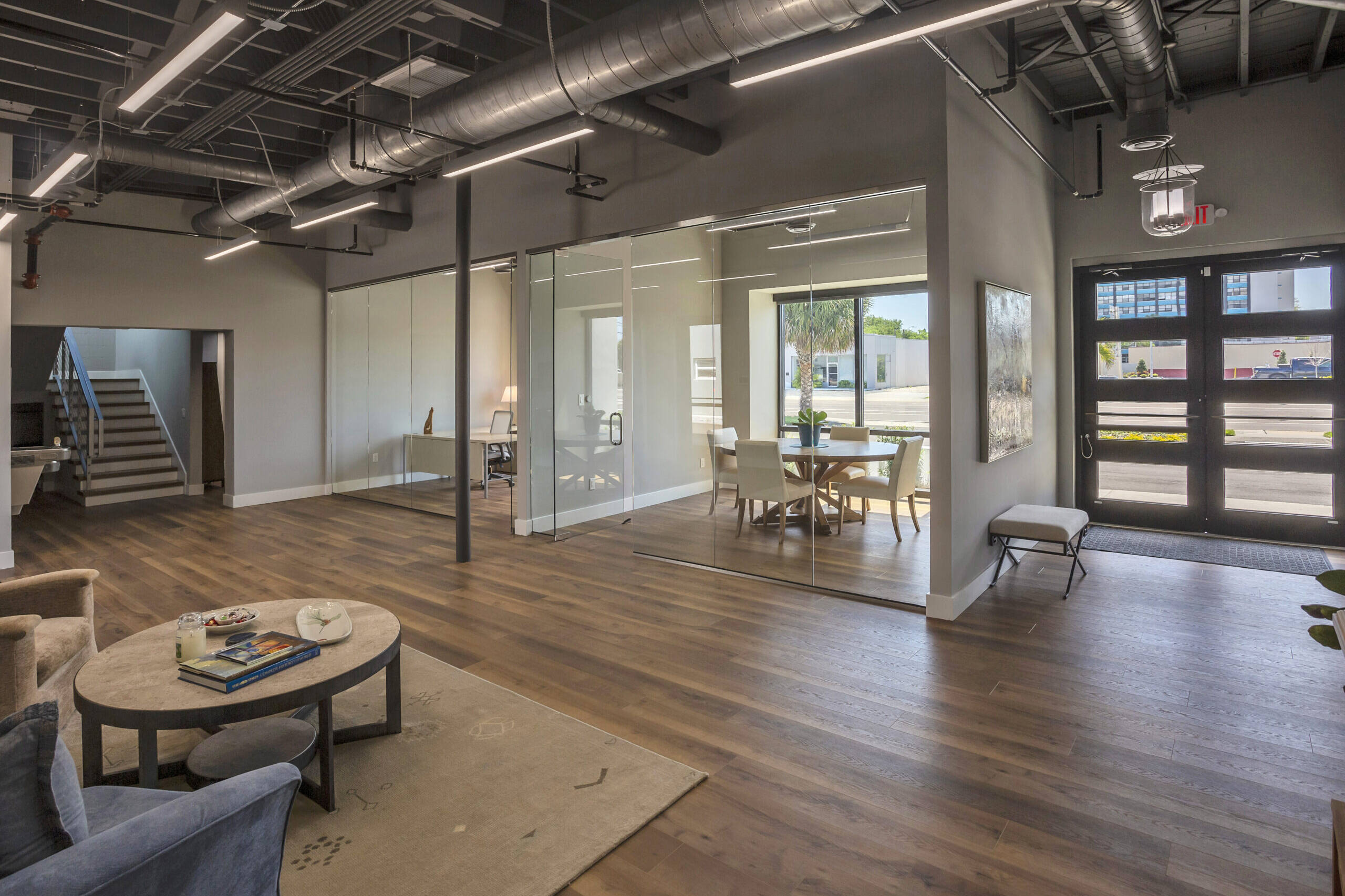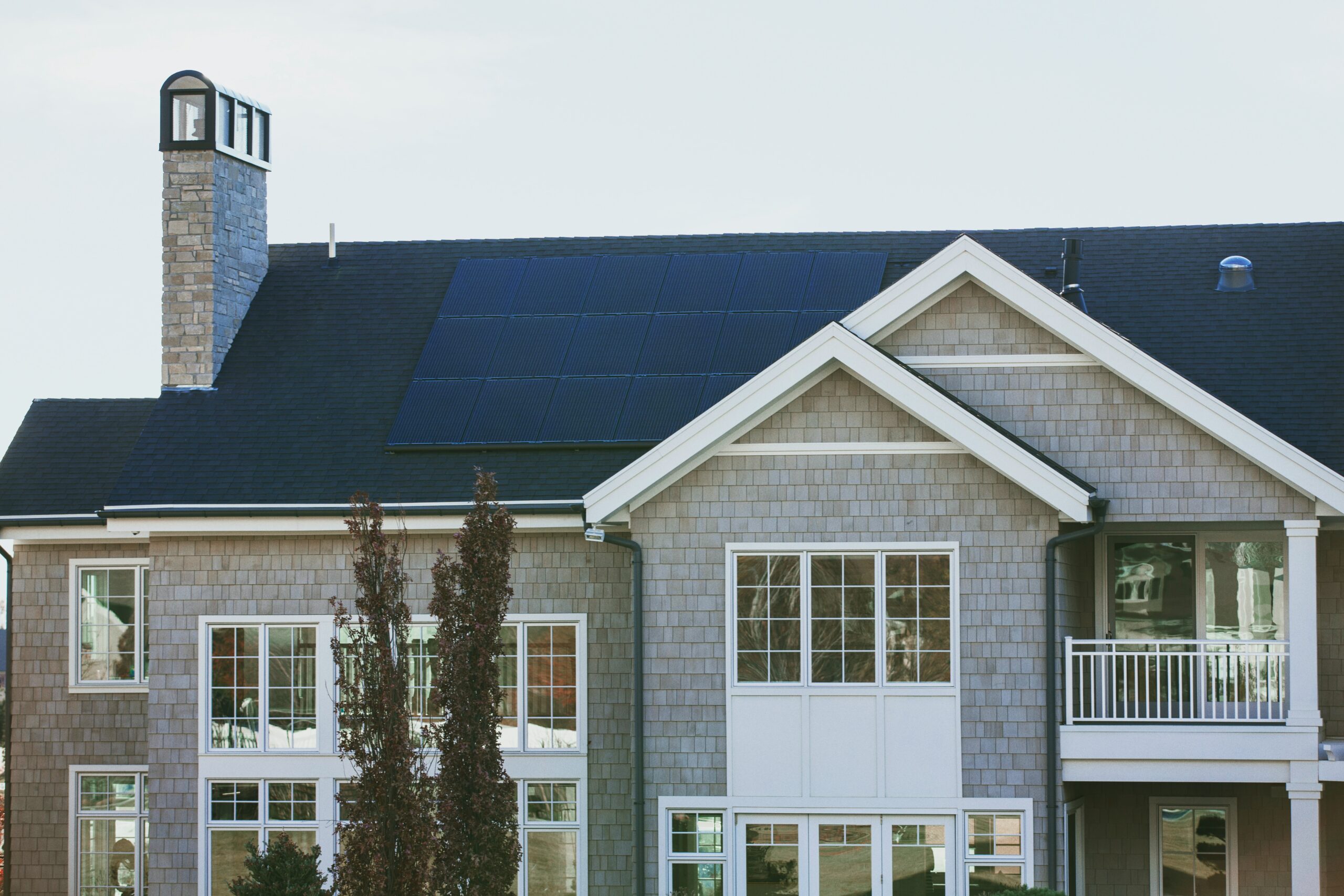Elevating Your Property’s Value Through Sustainable Retrofits
The concept of ‘sustainability’ resonates with me on multiple levels. Beyond the obvious ecological implications, sustainability in real estate has become a strategic lever to boost financial performance. Let’s explore how sustainable retrofitting can significantly impact the property’s value using a hypothetical yet practical example based on a 6% cap rate.
You are the proud owner of a commercial building, bringing in $300,000 in net operating income (NOI) annually. By applying a 6% cap rate, we can estimate the value of your building to be around $5 million ($300,000/0.06 = $5,000,000).
But what if I told you this value could significantly increase with strategic investments? Let’s dive in.
Consider that you invest in capital improvements to retrofit your building (e.g., new windows, updated HVAC, updated building envelope insulation, updated plumbing fixtures, etc.), totaling $500,000. This might seem like a steep expenditure initially, but this retrofit saves $50,000 annually due to decreased energy and water usage. This means your NOI increases to $350,000 ($300,000 initial NOI plus $50,000 savings).
Still using our 6% cap rate for consistency, the building’s value is now estimated at $5.83 million ($350,000 divided by 0.06 equals $5,833,333). That’s a notable increase of $833,333 in your property’s value, all from a $500,000 investment.
This scenario unveils a key truth about sustainable practices in real estate – they aren’t just good for our planet but also excellent for our pockets. It’s a vivid testament that a shift towards sustainable retrofits is not just an environmentally conscious decision but can also be a strategic financial maneuver.
It’s crucial to remember that real-world outcomes can vary depending on several factors, like the unique characteristics of the building, the specific retrofit measures implemented, local energy prices, and the actual cap rate. So, while our example paints an optimistic picture, each retrofit project requires careful, individualized assessment and planning.
As we navigate the continuously evolving real estate landscape, sustainable solutions emerge as powerful tools to foster environmental stewardship and financial prosperity. So next time you consider upgrading your property, remember that going green doesn’t just help the planet – it might elevate your property’s value to new heights too.
Together, let’s contribute to a more sustainable future.
Greg Totten
CGC 1529916 · LEED AP BD+C
O: (727)-386-9480
Share
Related Posts
February 21, 2024
Shaping the Future with Retrofitting Innovations
Chapter 6: Shaping the Future with Retrofitting Innovations
February 11, 2024
Navigating the Challenges of Retrofitting: From Planning to Execution
Chapter 5: Navigating the Challenges of Retrofitting: From Planning to…




